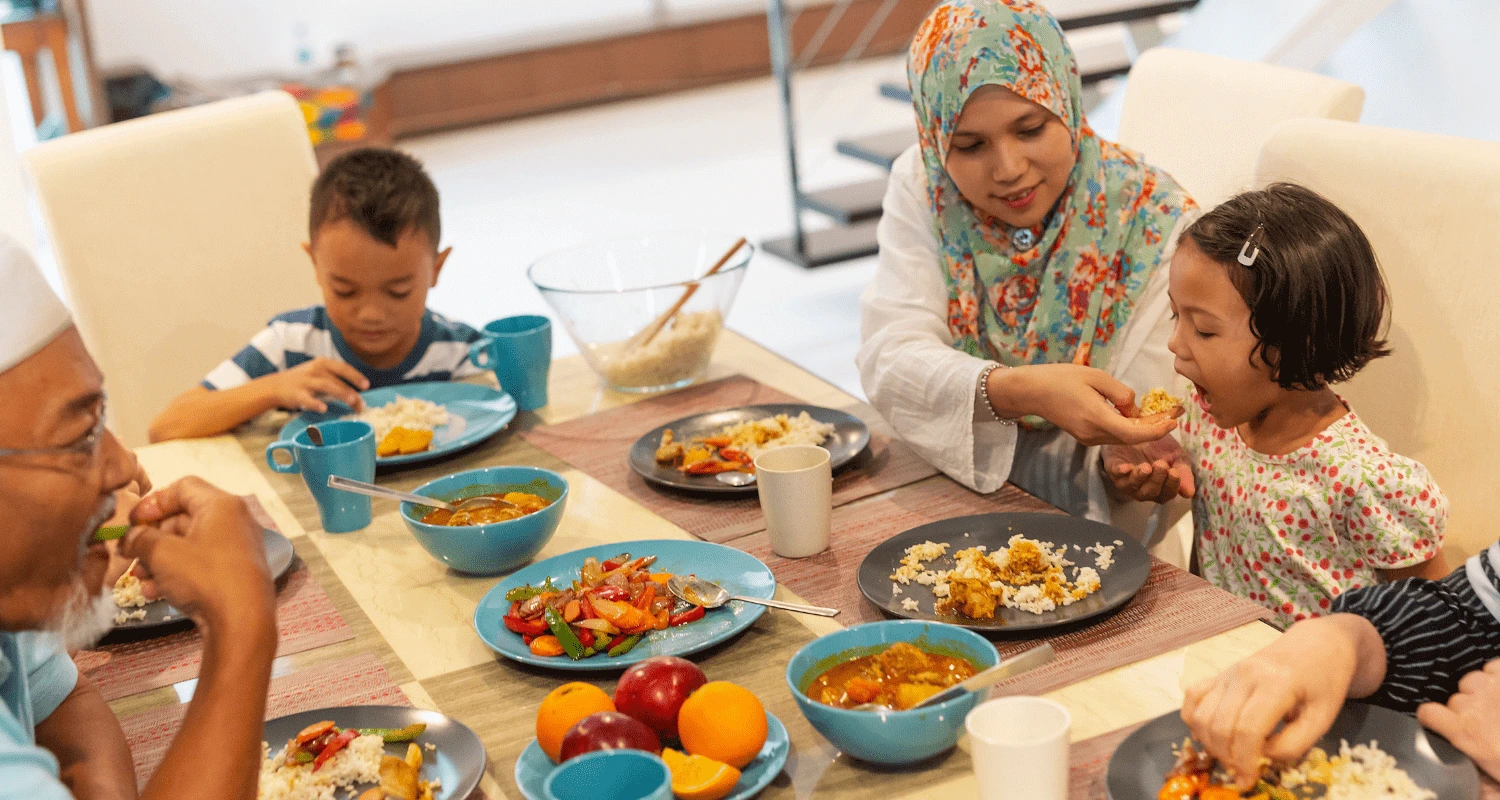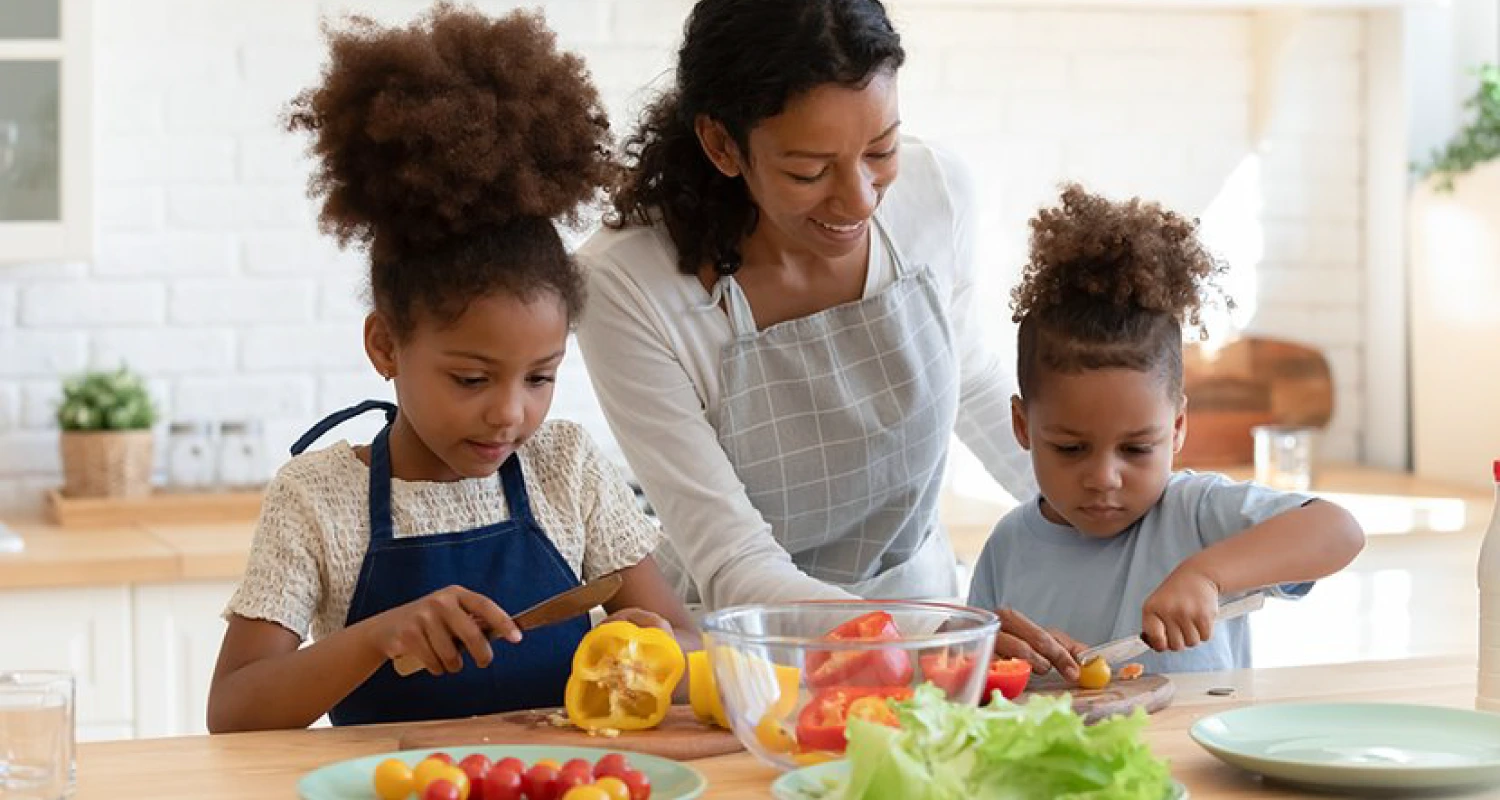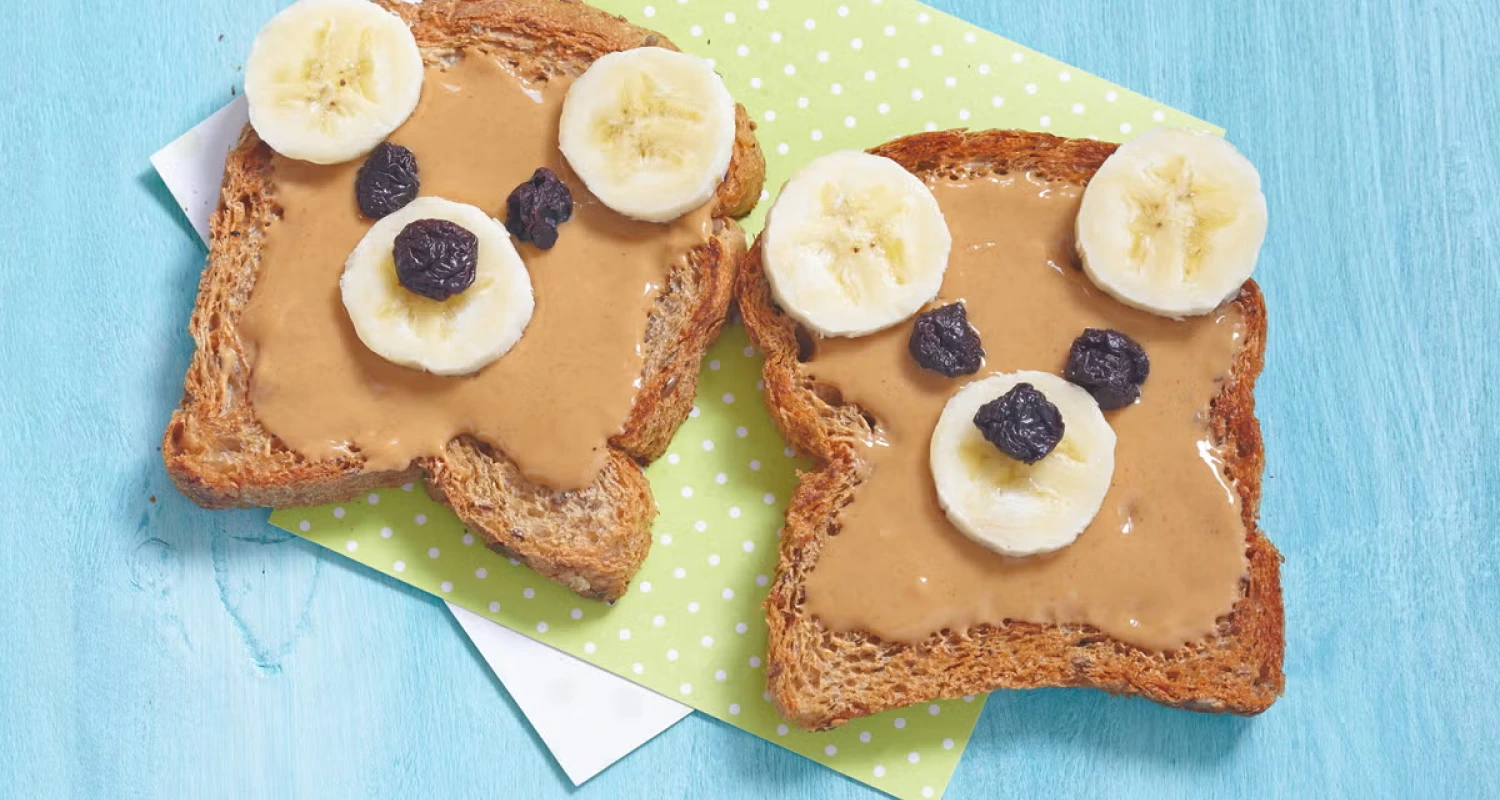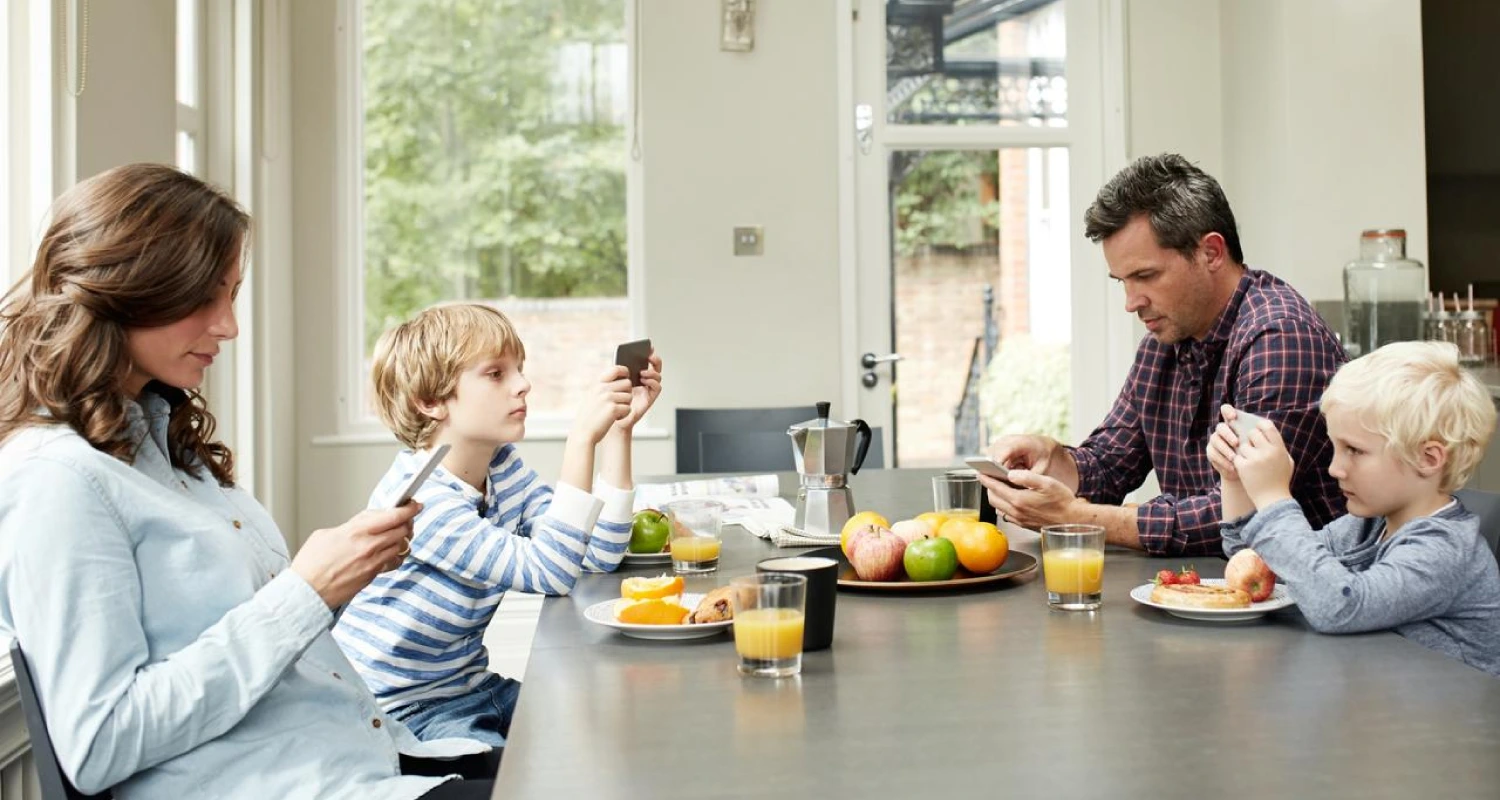
Top Content of Mealtime Tips For Kids
- Create a Mealtime Routine (And Stick to It)
- Let Kids Be Involved in Mealtime (Even the Little Ones)
- Make Healthy Food Fun (Not Forced)
- Model the Habits You Want to See
- Don’t Stress Over “Perfect” Meals
- Say Goodbye to Screens — Hello to Conversations
How Your Home Habits Shape Food Choices, Family Bonds, and Happy Tummies
Let’s face it — between busy workdays, fussy toddlers, and picky eaters, mealtimes can feel more like a battlefield than bonding time. But it doesn’t have to be that way. With the right mealtime tips, you can turn chaos into connection — and even fun! Creating a balanced and stress-free mealtime routine is one of the best ways to build a healthy family lifestyle. And it all starts right at your dining table. Whether you have toddlers, school-going kids, or teens, your approach at home shapes how your children view food, nutrition, and even family values.
In this post, you’ll find simple and practical mealtime tips to help you transform family meals into something everyone looks forward to — including the little ones in high chairs. From handling picky eaters to establishing consistent feeding time habits, these tips will make each bite a step toward stronger family bonds and better nutrition.

Create a Mealtime Routine (And Stick to It)
Kids thrive on structure, and one of the most effective mealtime tips you can implement is creating a consistent routine. When your family eats together around the same time every day, it helps regulate your child’s natural hunger cues, reduces unnecessary snacking, and even supports better digestion and sleep patterns.
Why it matters:
Consistency builds trust and a sense of security. Children begin to recognize when it’s time to eat, relax, or connect with the family — which helps reduce tantrums and mealtime battles. It’s one of the simplest yet most impactful feeding time tips for a calmer household.
Example:
Try a simple mealtime routine like this:
- 7:30 AM – Breakfast before school (a small nasi lemak, banana slices, and warm Milo)
- 1:00 PM – Lunch after preschool or work
- 6:30 PM – Family dinner with the whole household
This structure allows kids to anticipate meals and helps parents plan balanced menus more easily.
Bonus Tip:
Make sure everyone, even the littlest member of the family, has a seat at the table. A high-quality high chair like the Quinton Cheries Wooden High Chair offers more than just looks — it provides:
- Safety: Stable legs and a secure harness for peace of mind
- Comfort: Ergonomic design to support proper posture during meals
- Inclusion: Your child sits at the same height as the family, encouraging social learning and connection
- Longevity: Adjustable features grow with your child, making it a smart investment
Creating a consistent mealtime routine is more than just about feeding — it’s about bonding, building expectations, and setting your family up for long-term healthy eating habits. These mealtime tips will help turn everyday moments into lasting memories.

Let Kids Be Involved in Mealtime (Even the Little Ones)
One of the best ways to encourage healthy eating habits is to let your kids take part in the process — from planning the menu to preparing the food. It doesn’t have to be complicated; even small tasks can make them feel proud and engaged.
Why it matters:
Children are more likely to eat (and enjoy!) meals they helped create. Involving them in mealtime builds confidence, teaches responsibility, and introduces valuable life skills like teamwork, patience, and basic cooking.
Easy, Kid-Friendly Meal Ideas to Try:
- DIY Nasi Lemak Cups – Pre-portion rice, sambal, anchovies, egg slices, cucumber, and peanuts in a muffin tray. Let kids build their nasi lemak combo.
- Mini Roti Wraps – Set out a spread of fillings like grilled chicken, cheese, egg, salad, and sauces. Kids can roll up their own.
- Pizza Toast – Use slices of bread as the base. Kids can spread the sauce and add their favourite toppings like cheese, sausage, or pineapple.
- Fruit Skewers – Use soft fruits like watermelon, grapes, and banana chunks. Let them thread their fruity stick (with adult supervision).
- Pasta Bar – Cook plain pasta and provide toppings like grated cheese, sautéed vegetables, or mini meatballs.
Safe Utensils for Little Helpers:
- Plastic or silicone knives – Perfect for cutting soft fruits or spreading butter, and safe for small hands.
- Mini whisks or spatulas – Let them help stir batter or mix sauces.
- Child-sized aprons and step stools – Make them feel like real junior chefs and keep them involved safely at the counter.
- Divided plates or trays – Helps organise ingredients during DIY meal nights and makes it more fun.
Pro Parenting Tip:
Use this time not only for food prep but also for bonding and creativity. Talk about each ingredient — where it comes from, why it’s healthy, or even let your child name their dish. It turns everyday meals into a fun, educational experience.
The more involved they are, the more they’ll value what’s on their plate — and who they’re sharing it with.

Make Healthy Food Fun (Not Forced)
When it comes to effective mealtime tips, creativity can be your best friend — especially with young or picky eaters. You don’t need fancy culinary skills; just a few playful touches can turn everyday dishes into fun food adventures. These simple strategies encourage curiosity and make eating nutritious meals something your kids actually look forward to.
Why it matters:
Children are far more likely to try new foods when they’re presented in a fun, pressure-free way. These creative mealtime tips help build a healthy relationship with food, reduce resistance, and transform meals into moments of joy instead of stress.
Easy Ways to Make Food More Fun:
Here are a few interactive mealtime ideas that are both effective and easy to try:
- Cut fruits into fun shapes: Use cookie cutters to make stars, hearts, or animal shapes out of watermelon, papaya, or cucumber.
- Create food faces: Turn rice, eggs, and veggies into smiley faces or animals on the plate — a guaranteed giggle!
- Name your meals: Try calling vegetable soup “Superhero Soup” or a veggie bowl “Dinosaur Jungle Rice” to spark imagination.
- Make rainbow skewers: Thread cherry tomatoes, yellow capsicum, cucumbers, and purple cabbage for a colorful and healthy side.
These fun mealtime tips make food more inviting — and may just convert a picky eater into a curious taster.
🥄 Simple, Healthy Recipe to Try: Mini Nasi Ulam Cups
A local, nutritious twist that’s perfect for small hands!
Ingredients:
- Cooked brown rice
- Finely chopped ulam/herbs (e.g., daun kesum, ulam raja)
- Shredded chicken or tofu
- Grated carrots
Steps:
Mix ingredients and scoop into cupcake liners or silicone cups. Let kids sprinkle toasted coconut or crushed peanuts on top.
Bonus:
Let your child name their own dish and help mix — a fun way to get them invested in eating what they’ve made.
Model the Habits You Want to See
Children learn best by watching the adults around them. Your mealtime habits—what you eat, how you eat, and the atmosphere you create—have a powerful influence on your child’s relationship with food. When kids see you enjoying a variety of healthy foods, drinking water regularly, and taking your time during meals, they are more likely to adopt these positive habits naturally.
Why it matters:
Healthy eating isn’t just about telling children what to do—it’s about showing them through your example. Kids absorb attitudes and behaviours more deeply when they observe them consistently in daily life.
How to set a positive mealtime tone:
- Eat together whenever possible. Make family meals a regular chance to connect and model good habits.
- Demonstrate mindful eating. Slow down, chew thoroughly, and savour the flavours. This helps kids learn to listen to their hunger and fullness cues.
- Keep mealtimes pleasant and relaxed. Avoid turning meals into a battleground or a time for criticism. Instead, share stories, jokes, or light conversations to make mealtime enjoyable.
- Show openness to trying new foods. When you sample unfamiliar dishes with curiosity and enthusiasm, children feel encouraged to do the same.
- Hydrate healthily. Drink water or natural beverages like fresh coconut water with your meal, rather than sugary drinks. Kids will follow your lead.
By consistently modelling these habits, you create a supportive environment where healthy eating becomes a natural, stress-free part of your family lifestyle. This approach not only helps develop good food choices but also fosters emotional connection and positive memories around mealtime.
Don’t Stress Over “Perfect” Meals
It’s easy to feel pressure to prepare flawless, nutritious meals every single day. But the truth is, perfection isn’t the goal—connection is. Some days, you might serve a lovingly made home-cooked curry, while other days, it’s a quick and tasty roti canai from the nearby mamak stall. Both are perfectly fine, as long as the focus remains on enjoying mealtime together as a family.
Why it matters:
When mealtimes become stressful or focused on “getting it right,” it can create negative associations with food for both parents and children. Instead, prioritising a positive emotional atmosphere around eating helps build a lifelong healthy relationship with food. Kids learn that mealtime is about comfort, love, and sharing, not just nutrition or rules.
How to ease mealtime stress:
- Embrace flexibility and variety without guilt.
- Remember that food is one part of family bonding, not the whole story.
- Don’t worry if the plate isn’t perfectly balanced every time—small steps count.
- Celebrate simple pleasures like laughter, storytelling, or trying a new dish together.
- Allow occasional treats or takeout without feeling you’ve “failed.”
By focusing on the joy of eating together rather than stressing over perfection, you create a warm, welcoming environment that encourages kids to explore healthy eating at their own pace. This mindset helps reduce mealtime battles and makes family meals something everyone looks forward to.

Say Goodbye to Screens — Hello to Conversations
In today’s digital world, it’s tempting to scroll through your phone or watch TV while eating — but turning off screens during mealtime can make a huge difference in your family’s connection.
Why it matters:
Research shows that families who eat together without distractions enjoy better communication, stronger emotional bonds, and even improved academic performance in children. When screens are off, you’re more likely to notice your child’s emotions, encourage mindful eating, and create a space where everyone feels heard.
What to do instead:
Make your dining table a screen-free zone and fill the space with fun, meaningful conversations. Try simple activities like:
- “What’s the Best Thing That Happened Today?” – A great daily gratitude check-in.
- Story Sharing – Let each person tell a short story about their day (parents included!).
- Family Table Topics – Use cards with prompts like “If you could travel anywhere tomorrow, where would you go?” or “What’s a superpower you wish you had?”
Pro Parenting Tip:
For families with babies or toddlers, the Pali 2-in-1 Swing High Chair makes it easier than ever to keep your little one happy and involved during family meals.
Here’s why it’s a game-changer:
- Dual Function: Acts as a gentle baby swing and a feeding high chair — perfect for calming fussy babies before mealtime.
- Space-Saving Design: Ideal for smaller homes, apartments, or dining areas.
- Comfortable Seating: Padded cushions and adjustable recline keep your baby relaxed and supported.
- Engagement: Your baby sits at table height, absorbing social cues and feeling part of the group, boosting early communication and learning.
By swapping screens for real conversations and using the right seating for your child’s stage, you’re turning mealtime into quality time — one of the most powerful habits for a healthy family lifestyle.
Final Thoughts: Make Mealtime the Heart of Your Family Lifestyle
Healthy family mealtimes are less about perfect menus and more about creating meaningful connections. Whether you’re sharing banana pancakes on a lazy weekend morning or squeezing in a quick dinner after a long day, these shared moments matter — and they start with the right mealtime tips.
With a little planning, the right tools, and a positive mindset, you can turn everyday meals into cherished family traditions. Implementing simple mealtime tips — like consistency, creativity, and inclusion — builds lasting memories, strengthens bonds, and fosters healthy eating habits for life.
The atmosphere you create around the table is powerful. With the right support, family mealtime routines can become a joyful, grounding part of your day. So start today — make mealtime a priority and watch your family grow closer, one bite at a time.
🍽️ Featured Guide: New to baby feeding gear? Don’t miss our Top 10 Must-Have Mealtime Essentials for Babies & Toddlers — from soft-tip spoons to spill-proof cups, discover what Malaysian parents trust in 2025!
Healthy Family Mealtime Checklist
Use this simple checklist to make every meal a special bonding opportunity:
- Set a consistent meal schedule to build a routine
- Keep the dining table screen-free to encourage conversation
- Involve kids in meal prep or setting the table
- Offer colourful, balanced meals to excite the appetite
- Use fun food names to engage picky eaters
- Model healthy eating habits by example
- Create a calm and positive mealtime atmosphere
- Choose high-quality high chairs for babies and toddlers
- Focus on connection over perfection
- End meals with a quick family talk — “What was your favourite part of today?”